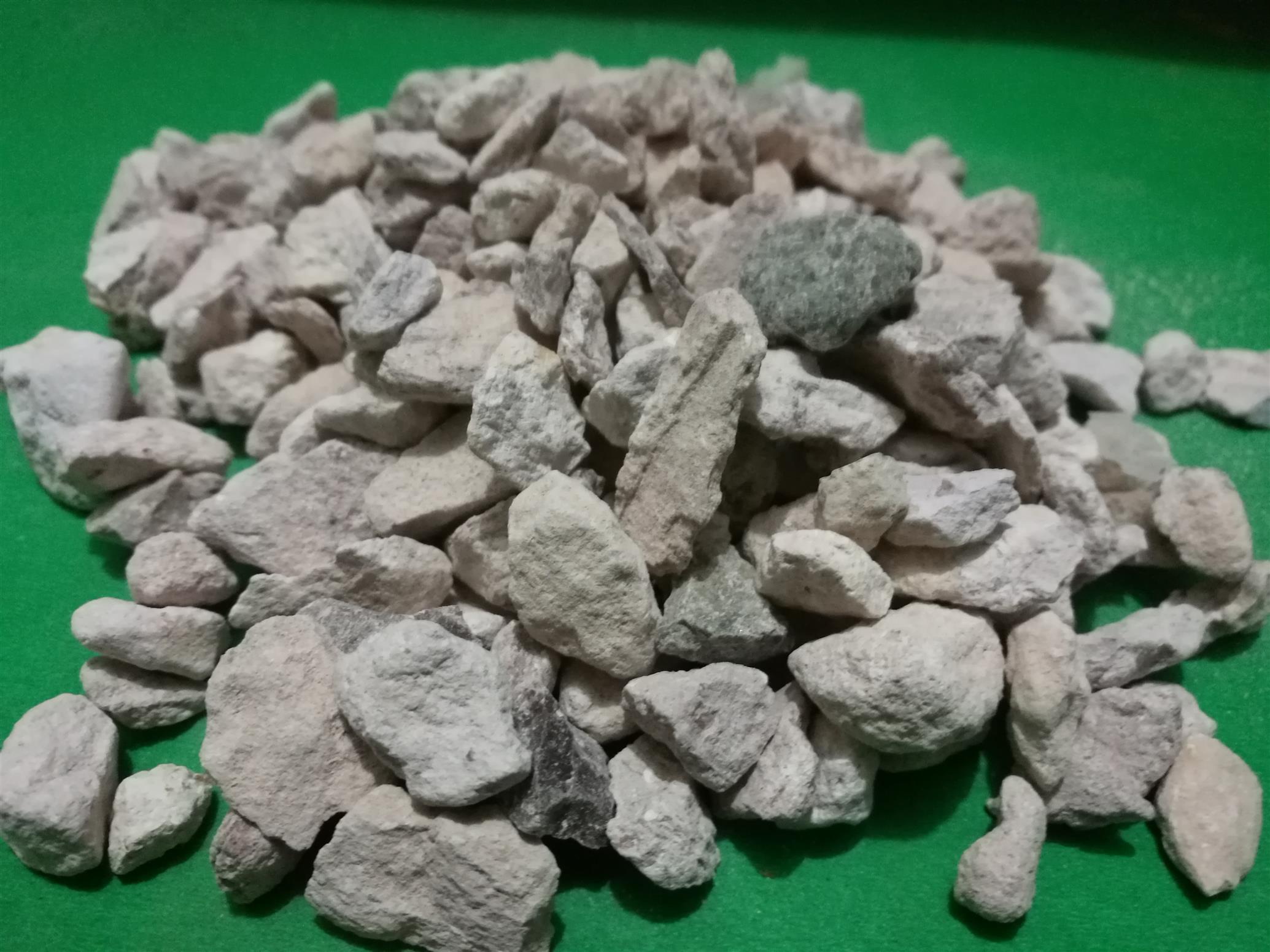
Understanding Mineral Composition in Various Types of Ore
Understanding Mineral Ore Types, Extraction, and Importance
Mineral ore is a naturally occurring solid material from which a metal or valuable mineral can be extracted profitably. This fundamental resource forms the backbone of the mining industry and plays a crucial role in various sectors, from construction to technology. Understanding the nature of mineral ore, its types, extraction methods, and its significance in modern society is essential for appreciating the industry's impact and relevance.
Types of Mineral Ores
Mineral ores can be classified into several categories based on their composition and the metals they contain. Some of the most common types of mineral ores include
1. Metallic Ores These ores contain metal in substantial quantities and are the primary source for metal extraction. Common metallic ores include bauxite (aluminum), hematite and magnetite (iron), chalcopyrite and bornite (copper), and galena (lead). The extraction of these metals is critical for various applications, including manufacturing, construction, and electronics.
2. Non-Metallic Ores These do not contain metals but are still valuable for other uses. For instance, gypsum (used in plaster), talc (used in talcum powder), and limestone (used in cement) fall under this category. Non-metallic ores are essential in the construction industry and for various industrial processes.
3. Precious Ores Precious metals, such as gold and silver, are found in specific types of ores that are often more challenging and costly to extract. These metals hold significant economic and social value, being used for currency, jewelry, and various high-tech applications.
4. Energy Minerals While not traditionally classified as ores in the conventional sense, minerals like coal, uranium, and oil sands play a significant role in the energy sector. The extraction and processing of these minerals are vital for generating power and fueling economies worldwide.
Extraction Methods
The extraction of mineral ore involves several processes, which can vary significantly based on the type of ore and its location. The primary methods of extraction include
mineral ore

1. Open-Pit Mining This method is used for ores that are located near the surface. It involves removing large quantities of soil and rock to expose the ore underneath. While effective, it can have significant environmental impacts, including habitat destruction and pollution.
2. Underground Mining For deeper deposits, underground mining is employed. This method involves creating tunnels and shafts to reach the ore. It typically has a lower environmental impact than open-pit mining but can be riskier for miners.
3. Placer Mining This involves extracting minerals from alluvial deposits, where they have settled in riverbeds or streams. It is commonly used for extracting gold and gemstones and can be done by washing material in water to separate valuable minerals.
4. Heap Leaching A more recent development, heap leaching involves stacking ore and applying a leaching solution to extract valuable metals. This method is particularly common in gold and copper extraction and has a lower environmental footprint compared to traditional methods.
Importance of Mineral Ore
The significance of mineral ore extends beyond its economic value. It is essential for technological advancement, sustainability, and national security. Metals extracted from ores are used in a myriad of applications, from building infrastructure to powering electric vehicles and manufacturing electronics.
Furthermore, the mining industry plays a crucial role in job creation, providing employment for millions of people worldwide. Properly managed, mineral extraction can also contribute to economic development, especially in resource-rich countries.
However, the industry faces challenges, including environmental concerns, regulatory pressures, and the need for sustainable practices. Efforts are underway to develop greener technologies and practices to minimize the environmental impact of mining and encourage recycling to reduce the demand for virgin ores.
In conclusion, mineral ore is a vital resource that underpins much of modern society. From the metals that shape our infrastructure to the non-metallic minerals that facilitate various industrial processes, the significance of mineral ore cannot be overstated. As we continue to advance technologically and grow economically, ensuring the responsible and sustainable extraction of these valuable resources will be crucial for future generations.
Share
-
Premium Talcum Powder Enhanced with GPT-4 Turbo | Soft & Long-LastingNewsAug.02,2025
-
Fly Ash Solutions Enhanced by GPT-4 Turbo | Sustainable InnovationNewsAug.01,2025
-
Natural Premium Bentonite Cat Litter - Superior ClumpingNewsJul.31,2025
-
Premium Resin Coated Sand - High Heat Resistance CastingNewsJul.31,2025
-
High Quality Silicon Carbide Grit for Abrasive ApplicationsNewsJul.30,2025
-
High-Quality Ceramsite for Plants & Gardening | Lightweight PebblesNewsJul.29,2025






